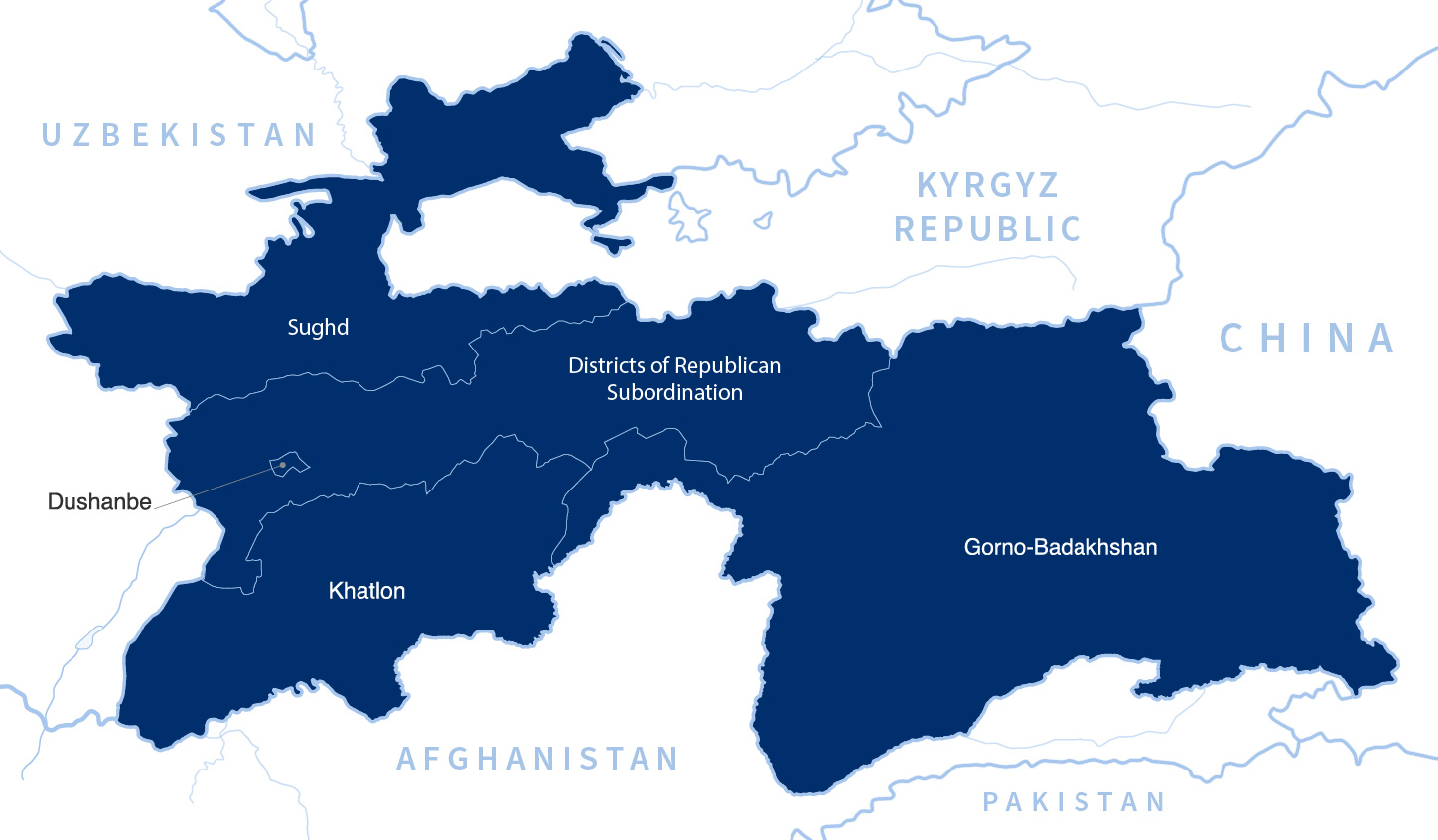Program Design
The Read with Me project was implemented by Chemonics International and
aimed to improve reading outcomes for 75% of all primary grade students
nationwide over the course of implementation. The project was designed
to achieve this goal by:
- improving reading instruction in grades 1-4,
- improving access to and availability of quality materials that support the development of reading in grades 1-4,
- increased innovations and partnerships supporting literacy outcomes,
- increased government support to improve reading.
Read with Me sought to accomplish these goals by working with the Tajikistan Ministry of Education and Science at all levels in the system and with schools to support the improvement of reading outcomes.
The Read with Me data collections took place in spring 2018 as a baseline, spring 2019 as a midline, and spring 2021 as an endline. These EGR Barometer data serve as a nationally representative endline “snapshot” of reading performance in Tajikistan in 2021.
Evaluation Design
Read with Me drew a random sample representing the full population of schools in Tajikistan based on region, language of instruction (Russian and Tajik), and location (urban and rural). Students were randomly sampled at the class level with equal numbers of boys and girls.
Endline data collection took place in April and early May 2021 by trained assessors. A total of 202 schools were included in the study—142 in the Tajik sample and 60 in the Russian sample, given the proportionate population sizes. A total of 1,342 Tajik grade 2 students were assessed and 1,348 grade 4 students. A total of 569 Russian grade 2 students and 599 grade 4 students were assessed.
More detailed information about this implementation of EGRA, the specific measures assessed,
and the sample design may be found in the Early Grade Reading Assessment, Endline Report: USAID Read with Me Project (PDF, 1.3 MB). More information about the Read with Me Project may be found in the USAID Read with Me Project, Final Report (PDF, 5.0 MB).





